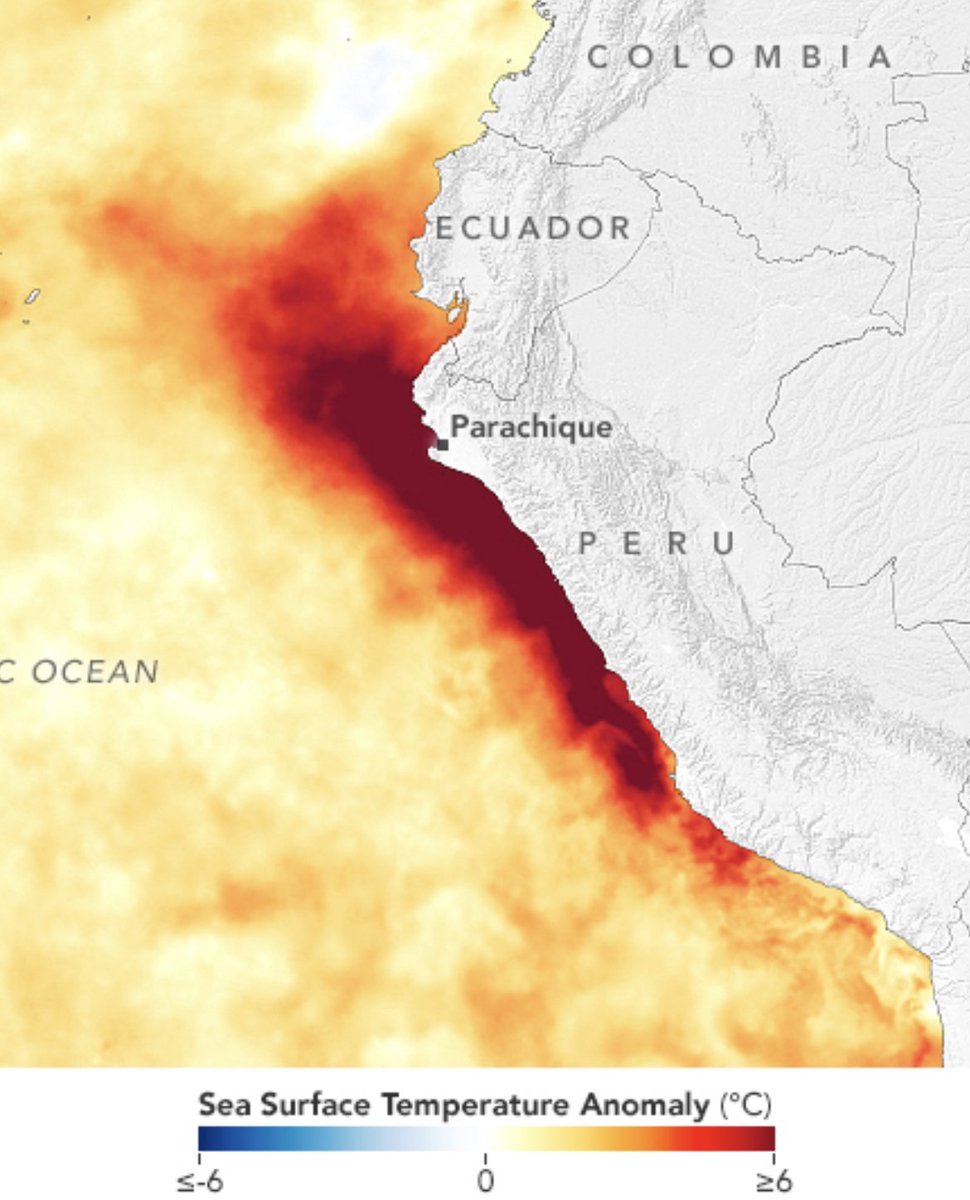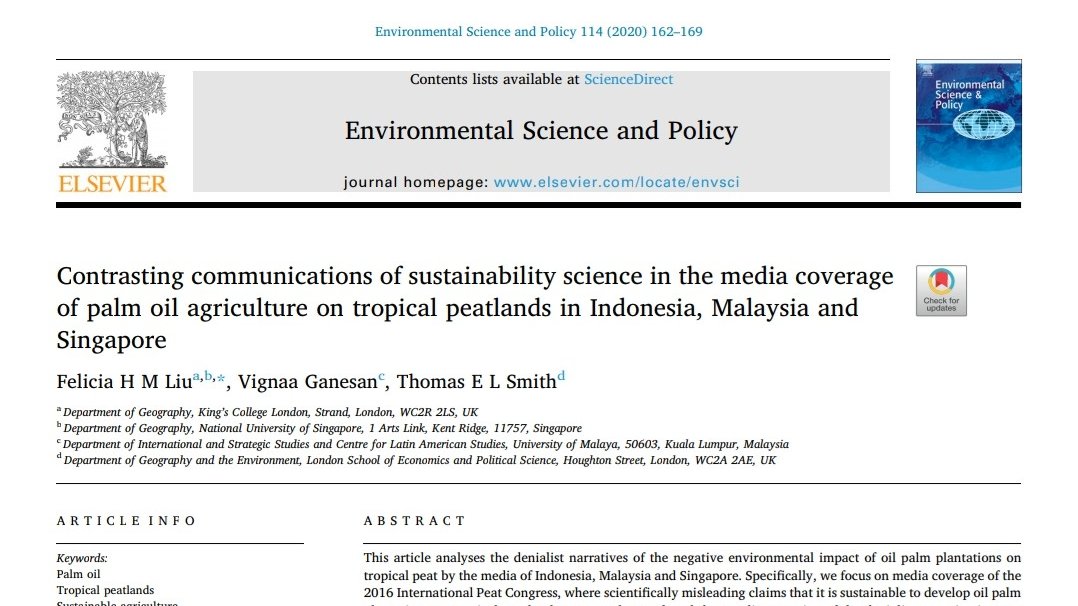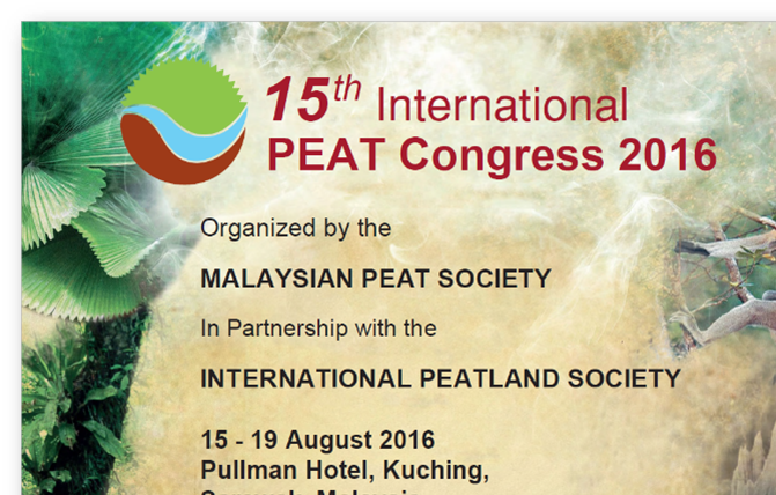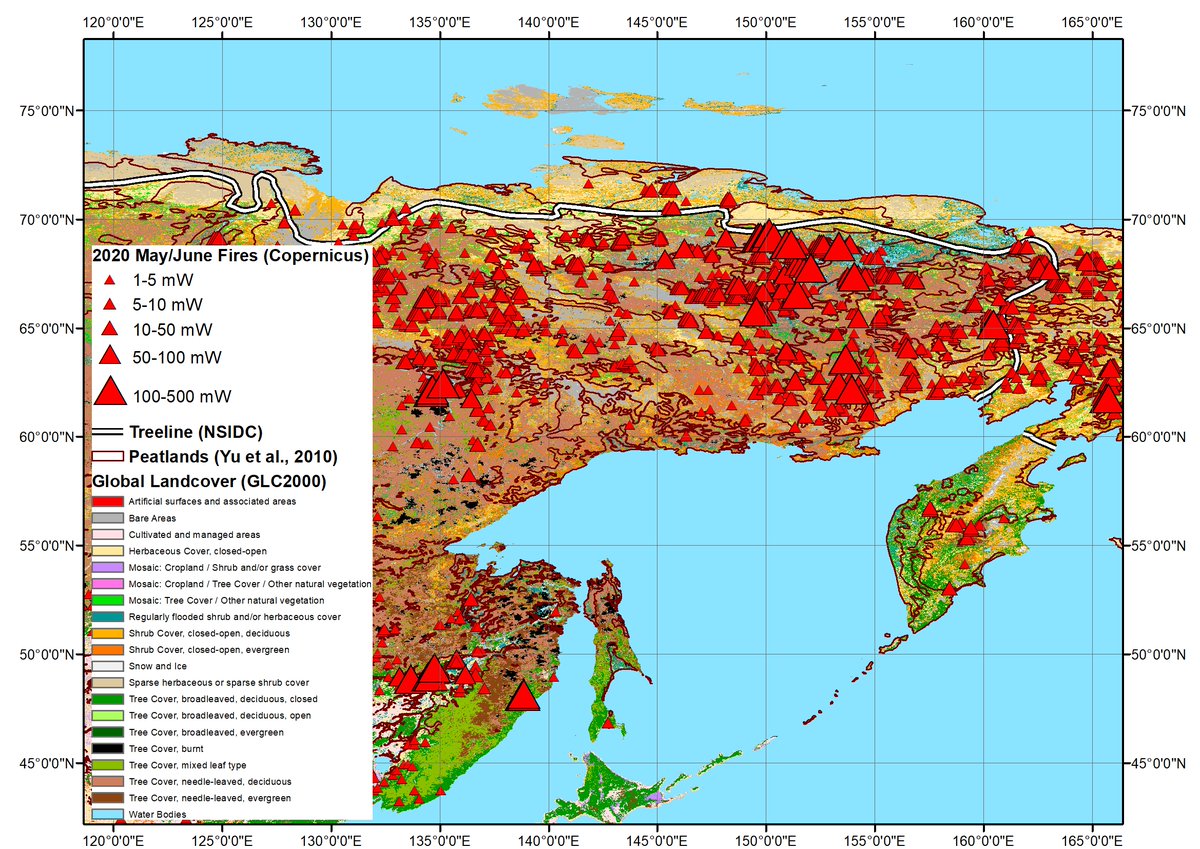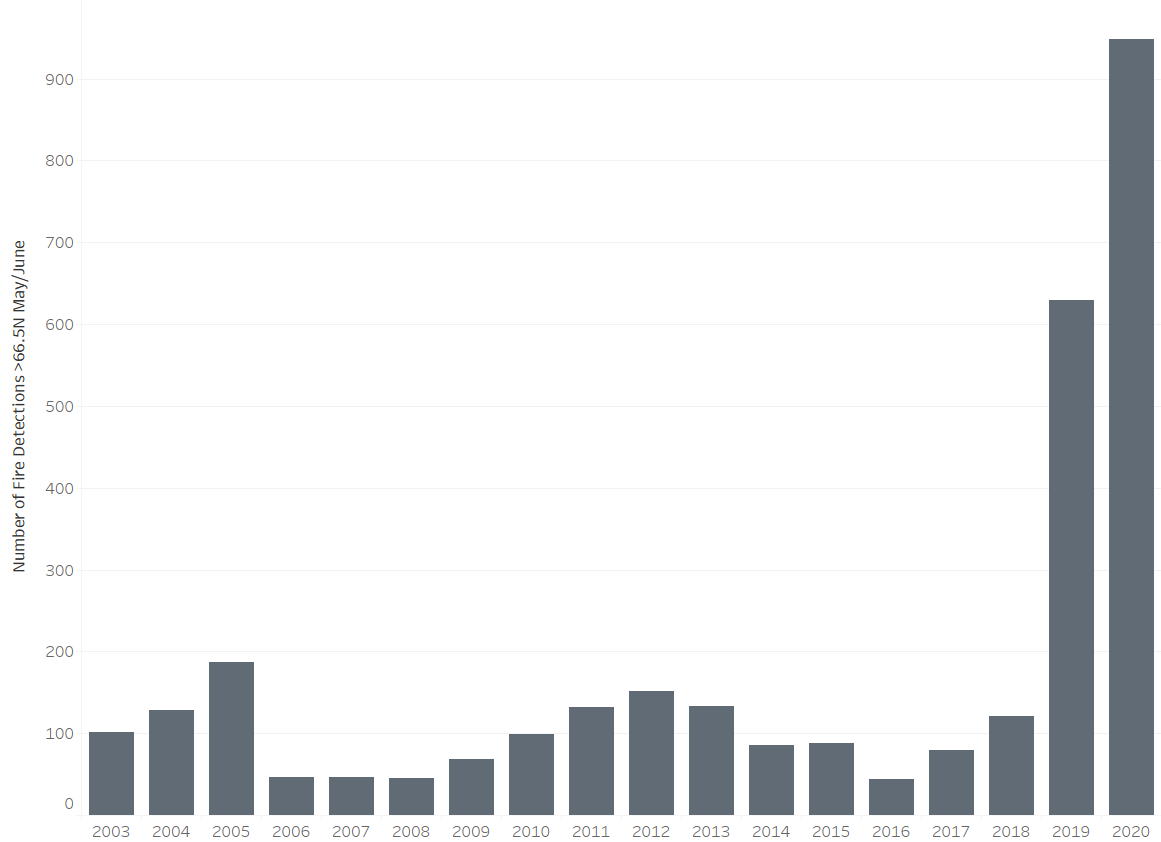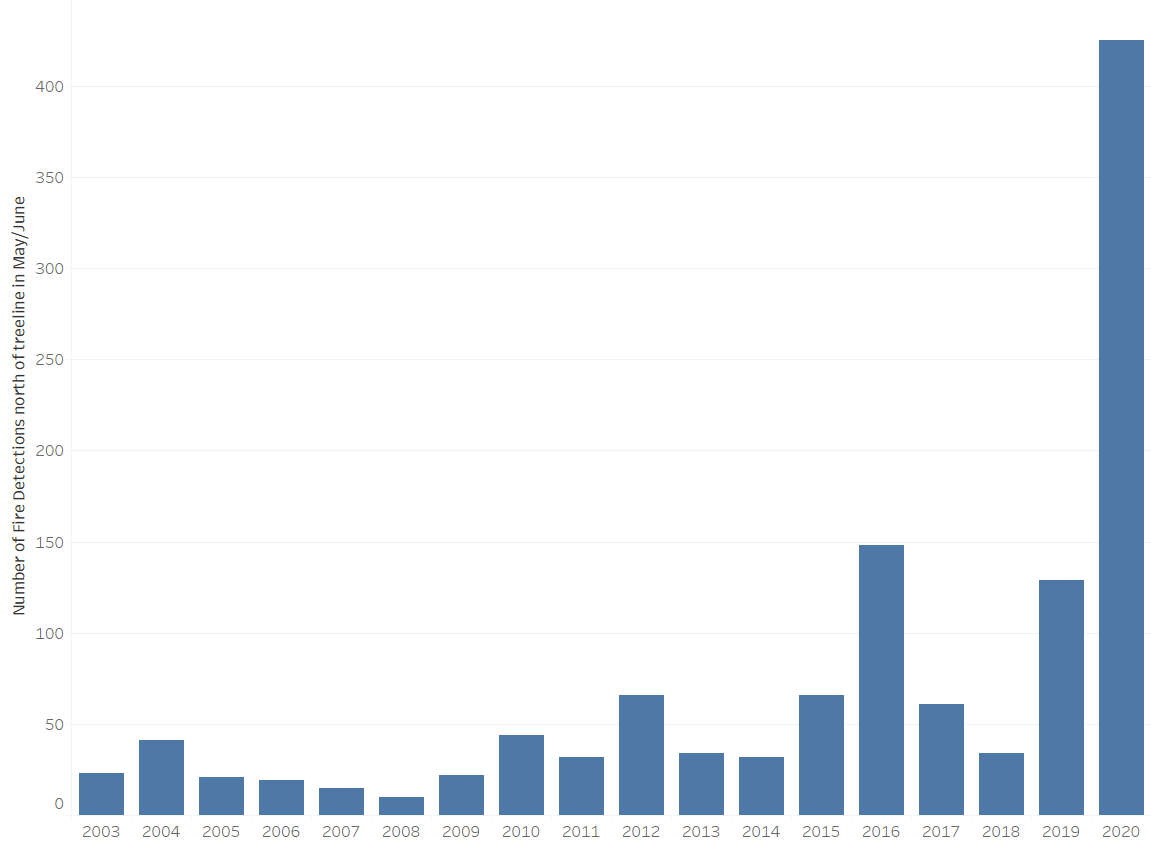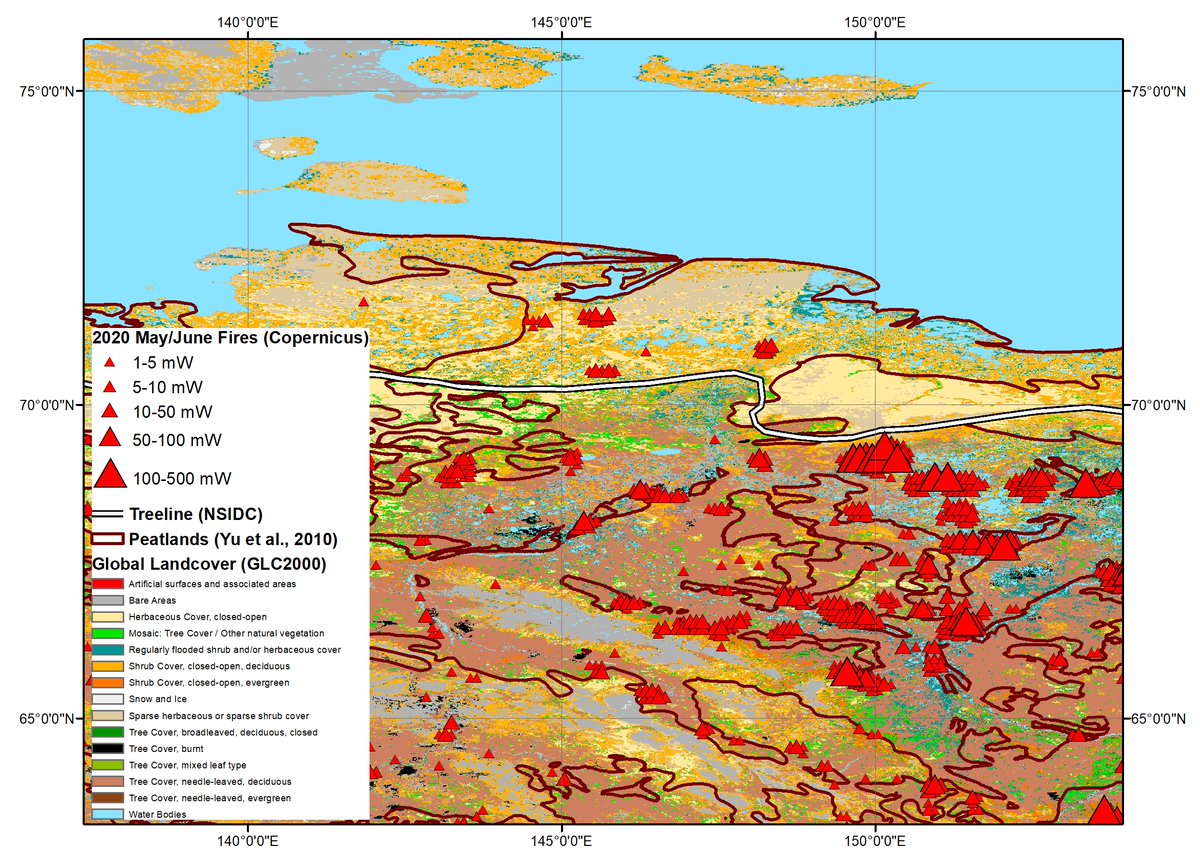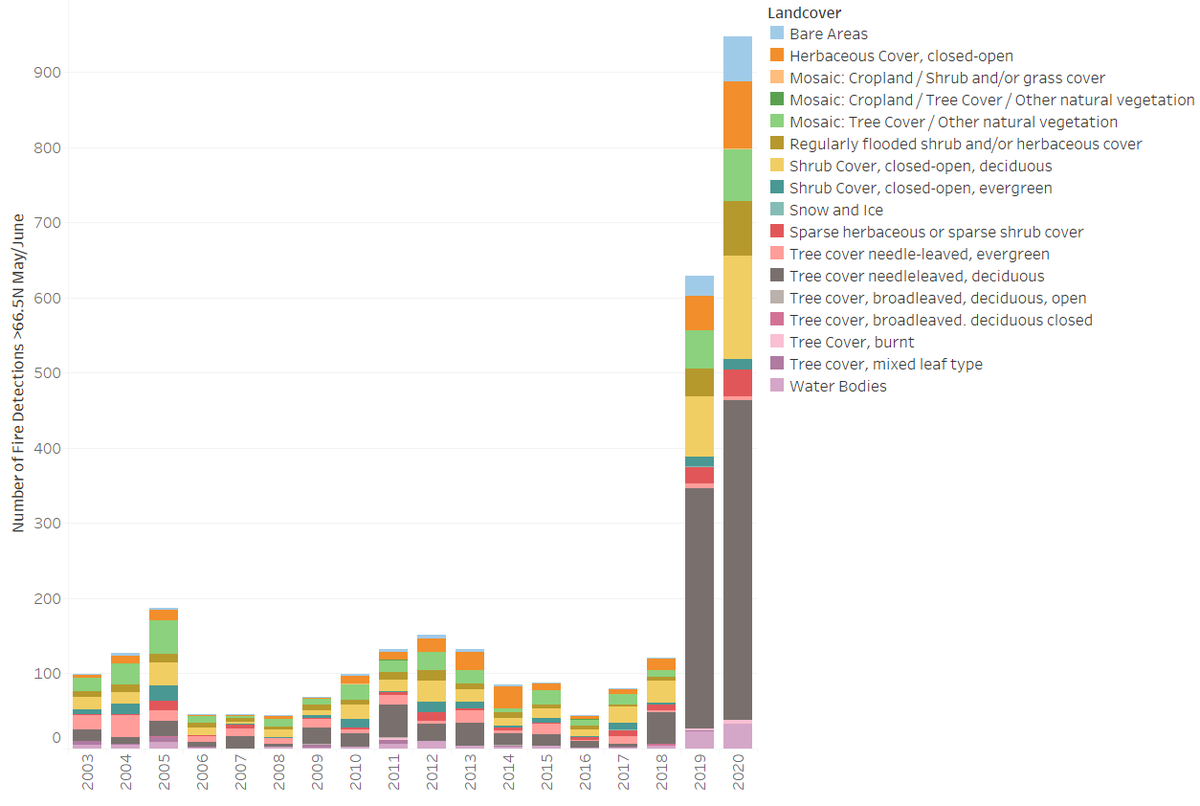This #wildfire in Cannich is sending a large smoke plume over Loch Ness. This fire has the potential to be one of Scotland's largest (in the satellite era). It's already approaching 3,000 ha and does not appear to be under control with strong winds. @fire_scot 



This was the same area on 29 May & 26 May, respectively, showing hotspots here for a few days, suggesting today's acceleration is a flare-up/rekindling of a fire from last week/the weekend. 

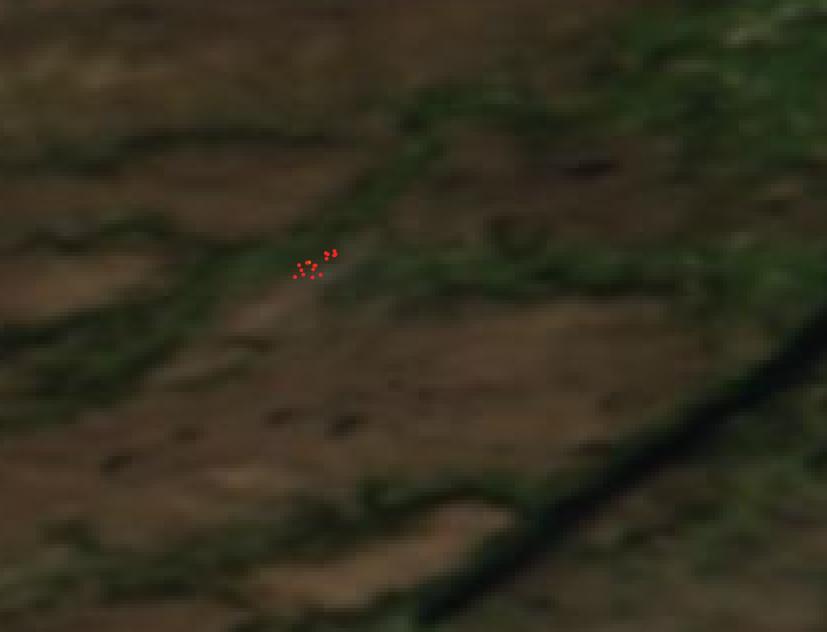

There was a @sentinel_hub overpass today around midday, centred over this fire. I'll post an update with high-res imagery as soon as it appears online. This is usually around 8 pm. The next overpass isn't until Thursday. 


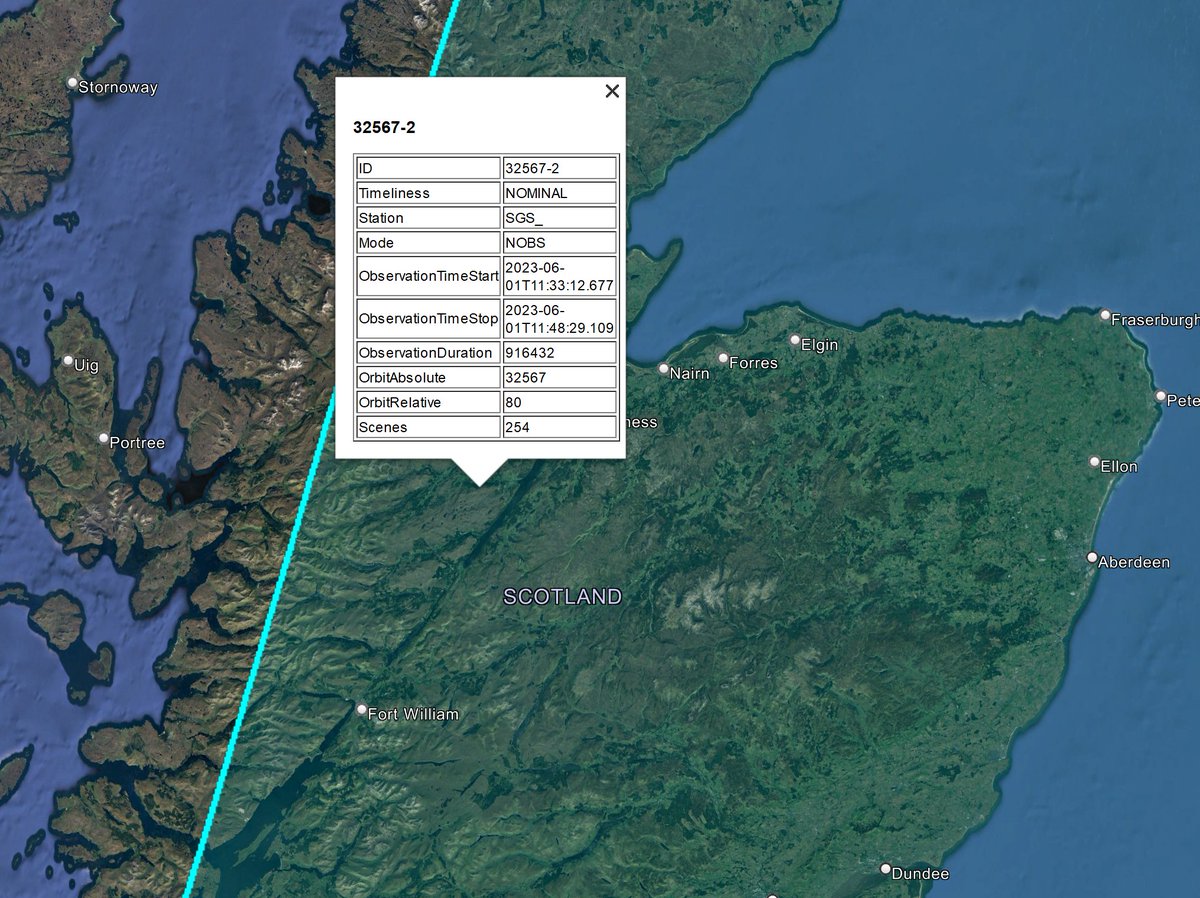
Some photos from on the ground @heraldscotland @EmaSabljak. The smoke plume suggests intense fire behaviour. Very sad to hear of injuries requiring the air ambulance.
heraldscotland.com/news/23557126.…
heraldscotland.com/news/23557126.…
Plenty more photos collated here, thanks @WildlandFirefig :
https://twitter.com/WildlandFirefig/status/1663600982943580160
Here's the Sentinel-2 imagery from today @sentinel_hub -- this was captured around midday, so before the MODIS hotspots in the earlier tweets. However, we get a better picture of the fire dynamics on the ground at that time.
Processed using @Pierre_Markuse custom script.

Processed using @Pierre_Markuse custom script.


In this wider view, you can see why this wildfire has a lot of potential if it isn't contained overnight. When the satellites overpassed, this fire was ~1,000-2,000 ha (high uncertainty due to low resolution of MODIS hotspots), but it could be much larger by tomorrow. 

I think the fire behaviour became more intense after this Sentinel acquisition around midday. By Aqua's imagery at ~2 pm, the smoke plume was far more prominent and the burnt area looks to be larger. Suggesting very fast rate-of-spread in the afternoon. 

Important update on the Cannich wildfire. Imagery from today (31 May) shows the fire was contained shortly after yesterday's satellite overpasses. It's unlikely this wildfire exceeded ~1,300 ha (the outline in the image is ~1,600 ha, but is larger than the apparent burnt area). 

Initial overestimates were likely due to problems with estimating burnt area from hotspots alone, which was all we had yesterday. These can often be misplaced due to terrain & atmospheric effects. In this case, some hotspots were beyond the apparent burnt area, particularly MODIS
Probably a testament to the efforts on the ground that this fire didn't spread much further. Monumental effort given the length of the headfire. @fire_scot
@fire_scot Here's a useful comparison of yesterday's midday imagery with today's 'extinguished' burnt area estimate, showing the acceleration of the fire to the south, almost doubling in size yesterday afternoon.
My final estimates are:
Burnt area 1,300 ha (13 sq km)
21 km perimeter
My final estimates are:
Burnt area 1,300 ha (13 sq km)
21 km perimeter

• • •
Missing some Tweet in this thread? You can try to
force a refresh

 Read on Twitter
Read on Twitter

